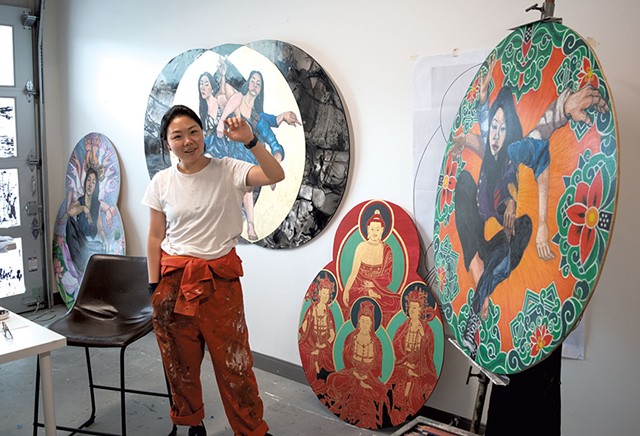
- Alice Dodge
- Misoo Bang in her studio
For the past year, Vermont artist Misoo Bang has been working on "Lotus Flowers," a series of large works, about four feet each in diameter, on shaped paper panels. Each one depicts women as bodhisattvas, many with multiple limbs. Bang's models are primarily Vermonters of Asian ancestry, and her work celebrates their resilience and strength in the face of discrimination and adversity.
Bang has been working on the series as the South End Arts + Business Association's 2023-24 artist-in-residence. Since last year's Art Hop, she's had a 325-square-foot studio in the Vaults building on Howard Street, which is owned by Unsworth Properties. James Unsworth approached SEABA in 2020 with the idea of offering up studio space as a way to give back to the community during the pandemic.
In the first few years of the program, artists Erin Bundock, Tonya Whitney and Raphaella Brice were each awarded one year in the rent-free space. Artists are selected by a panel of SEABA board members, staff and a representative from Unsworth Properties, who give top priority to those without the financial resources to secure studio space for a major project. Next year's resident will be announced on Sunday, September 8, 2 p.m., in Bang's studio.
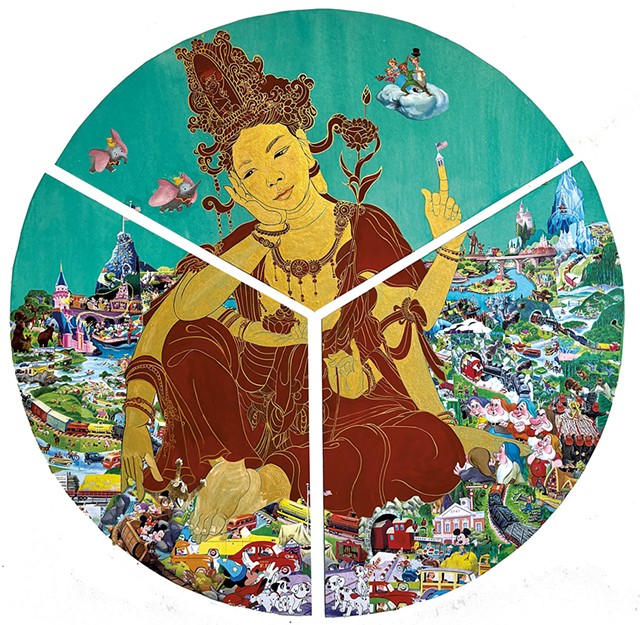
- Courtesy
- Untitled from the "Lotus Flowers" series
When she was selected, Bang didn't have a space large enough to complete her "Lotus Flower" body of work, and the examples she submitted, according to SEABA executive director Christy Mitchell, "were breathtaking."
During a recent studio visit, Bang explained that her inspiration for "Lotus Flowers" came from the rise in activism against pervasive anti-Chinese rhetoric and anti-Asian hate crimes during the pandemic, including the Atlanta spa murders in 2021. Initially, "there was a spark," she said, but since then, she's noticed that the public dialogue about anti-Asian racism has begun to dissipate, or at least become less visible.
Her work seeks to revive that discussion, particularly given Vermont's lack of diversity. In 2021 Bang alleged that several racist incidents had taken place at Frog Hollow Vermont Craft Gallery, where she had been the assistant manager. The gallery hired an independent investigator and found no "intentional discrimination" occurred, but acknowledged that the incidents were hurtful and ugly.
Many Vermonters mean well, Bang believes, but don't always think about what they're saying. They might greet her in Japanese (she's Korean), she said, or give her weird "compliments" that reinforce their own preconceived perceptions of her as a "cute Asian girl."
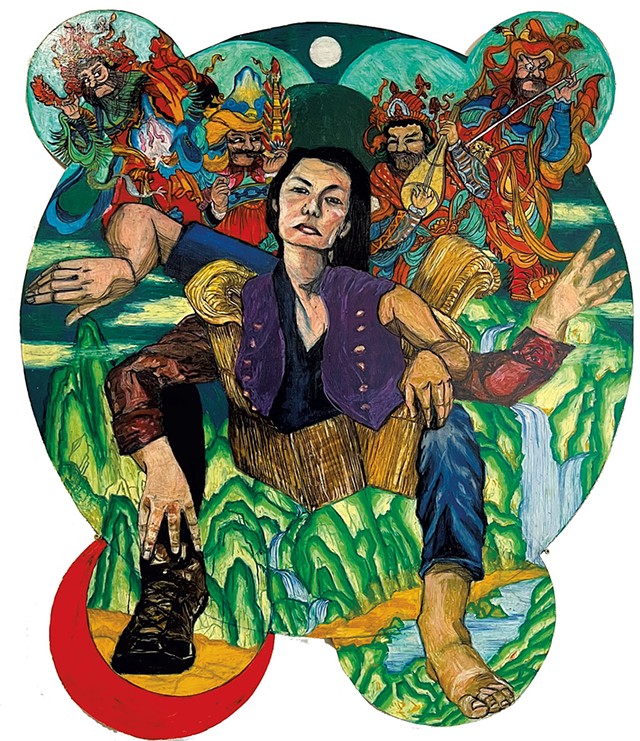
- Courtesy
- Untitled from the "Lotus Flowers" series
Countering that stereotype of smallness, Bang created a series of paintings she had started prior to her residency, called "Giant Asian Girls," in which her models almost fill the picture plane, their scale dominating a landscape of historical buildings. For "Lotus Flowers," Bang repurposes and reprocesses some of those pieces, photographing, printing, collaging and redrawing parts of her earlier compositions and wcombining them with new elements.
Some of Bang's portraits have more than one head; many have multiple arms and legs, a nod to Indian or Thai depictions of supernatural beings. Bang explained that Buddhist iconography differs by region. It combined with and absorbed local stories and traditions as the religion became popular throughout Asia.
She draws from much of this imagery in her work, using mandala-like geometries and lotus flowers and adding in elements of contemporary culture. (Mickey Mouse makes an occasional appearance.) Bang wants it to be apparent that her subjects are made up of many women, "sisters" who hold up and become part of the central figure's identity.
Bang renders her subjects as bodhisattvas, figures who choose to remain on the earthly plane to help others but will eventually achieve full enlightenment. It is a temporary state, signifying that the women will reach peace, contentment and "an end to suffering," as Bang put it. In contrast to the prevalent stereotypes of quiet, submissive Asian femininity, their beatific features assert their confidence and individuality.

- Courtesy
- Untitled from the "Lotus Flowers" series
Buddhist ideas and tradition influence the way Bang makes her panels, too. In a previous series, she used aggressively splashed ink to explore the traumatic history of childhood sexual abuse. She kept making her work bigger: "At eight feet, I felt trapped," she said. "Then 10 feet, 15 feet, I still felt trapped."
She realized the right angles of her rectangular format, not the size, were giving her that feeling of imprisonment. "Lotus Flowers" uses circular formats instead, referencing ideas of reincarnation and cyclical time.
The most traditional aspect of Bang's work is her use of tanghwa, a Korean monastic painting technique dating from the 13th century. Bang uses pulverized stone pigment, which she mixes with a binder made from animal hides, like old-fashioned rabbit-skin glue, and then applies to layered mulberry paper stretched over a birch panel.
The paper becomes fully saturated with pigment, which seeps into the fibers instead of sitting on the surface. The potential pitfalls of this method include mixing the wrong consistency of paint (the pigment flakes off) or getting the paper too damp, leading to the strong mulberry fibers warping the wood. The result is rich, super-intense color.
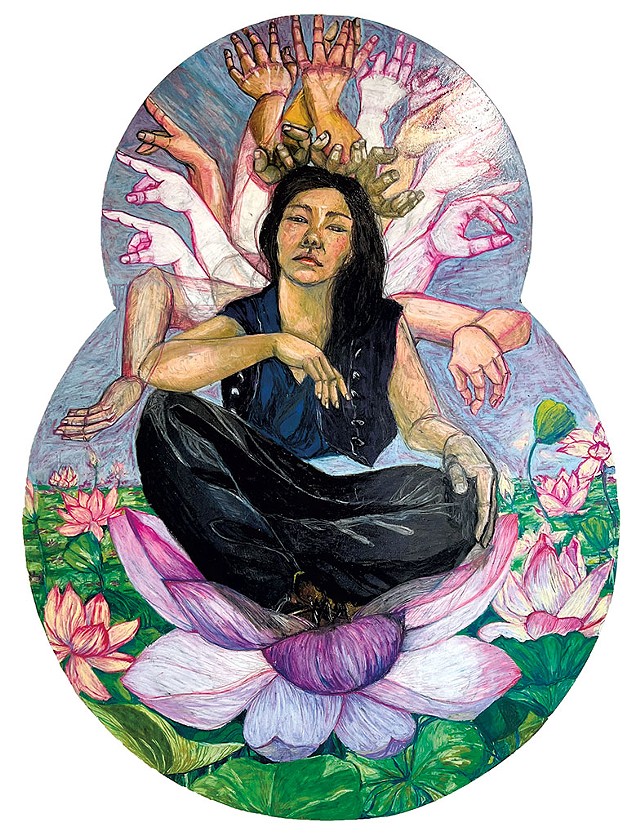
- Courtesy
- Untitled from the "Lotus Flowers" series
To learn tanghwa, Bang has returned several times to South Korea to study with Jang Ji Myeong, one of the few women masters of the technique, which generally isn't popular among younger Korean artists. Some of Bang's practice pieces are on view in her Vaults studio, and the time and care required to make them is absolutely apparent in their level of detail and skill.
Tanghwa is a meditative practice, based in Buddhism. Bang's approach is more artistic than spiritual, but she values the contemplative aspects of the process, which demands focus in each of its many steps. She describes tanghwa as "incredibly frustrating." Combining it with media such as oil pastel in the "Lotus Flowers" series allows her to connect to tradition while keeping a sense of artistic freedom.
Bang said she's grateful to SEABA and Unsworth Properties for her year of studio space at the Vaults, which has made a big difference for her and her work. "Sometimes I just sit and stare," she said. "I can have 12 ideas up on the wall at the same time."
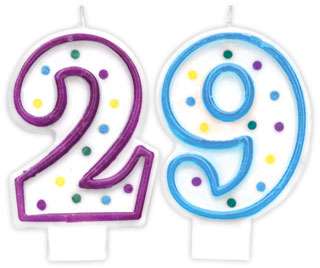
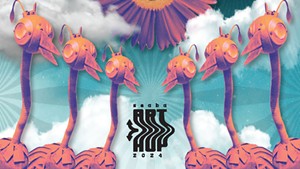





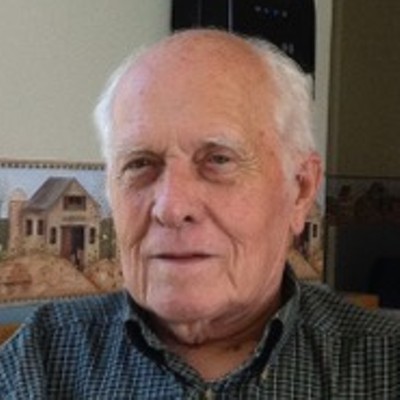
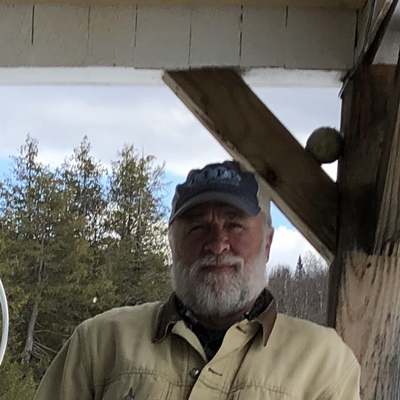

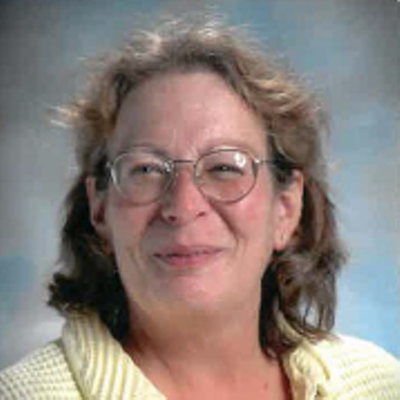
Comments
Comments are closed.
From 2014-2020, Seven Days allowed readers to comment on all stories posted on our website. While we've appreciated the suggestions and insights, right now Seven Days is prioritizing our core mission — producing high-quality, responsible local journalism — over moderating online debates between readers.
To criticize, correct or praise our reporting, please send us a letter to the editor or send us a tip. We’ll check it out and report the results.
Online comments may return when we have better tech tools for managing them. Thanks for reading.